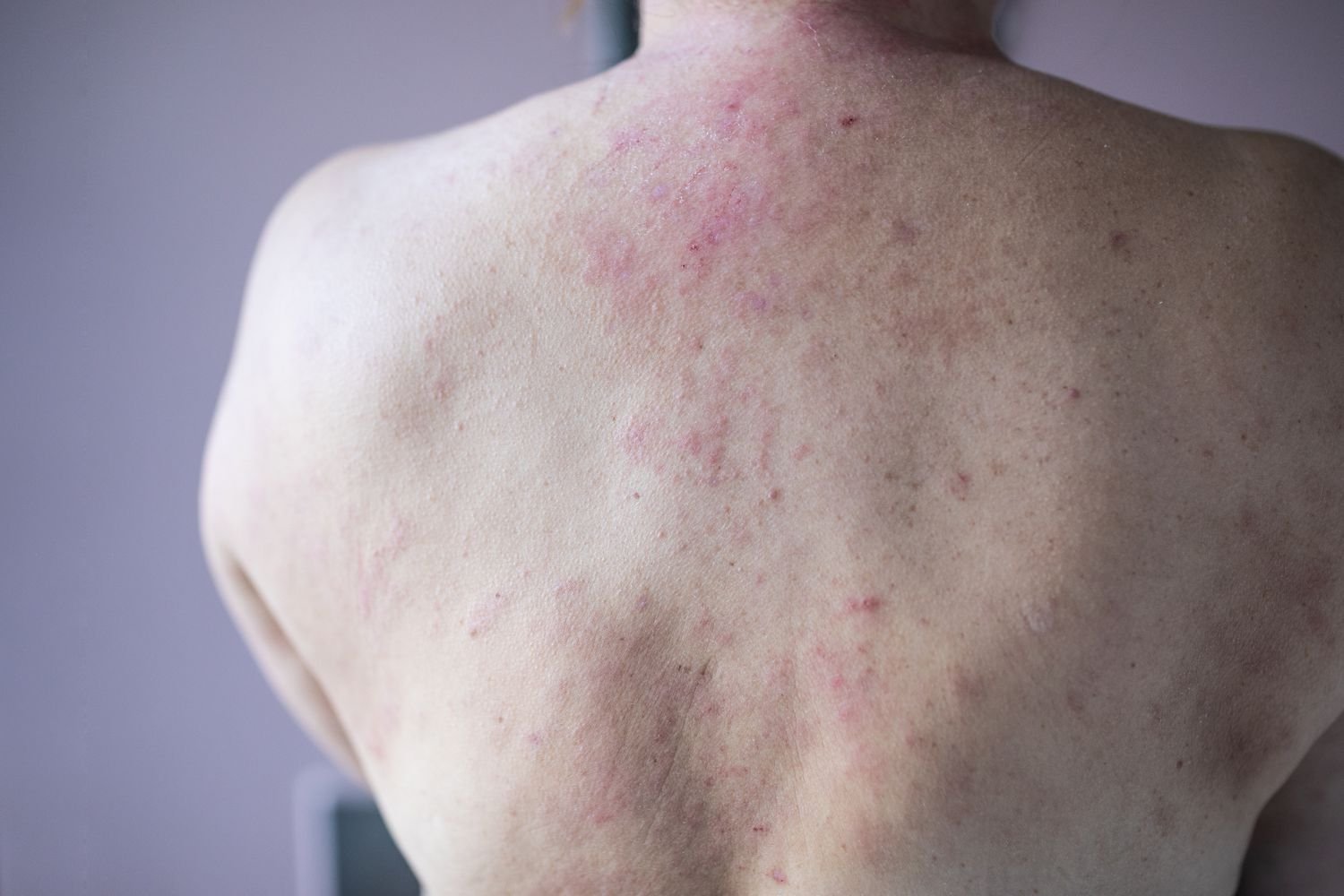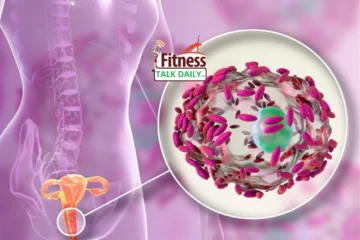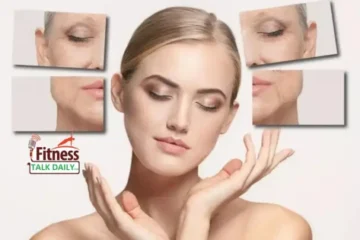Understanding the Anxiety Rash
Do you notice an itchy rash appearing after a stressful or anxious situation? If so, you might be experiencing an anxiety rash. This rash, which can appear as red, raised bumps or patches on the skin, is commonly caused by the physical effects of anxiety or panic attacks. While an anxiety rash can be uncomfortable and alarming, it’s important to know that it is not a serious medical condition. In this article, we’ll explore how panic attacks trigger itching, why anxiety can cause skin reactions, and what you can do to treat an anxiety rash.
What Is an Anxiety Rash?
An anxiety rash occurs when your body’s physical response to anxiety or stress results in a skin reaction. This rash can appear as hives, bumps, or even flushed, itchy patches. The exact cause is rooted in how your body responds to stress. When you feel anxious or panicked, your body releases hormones like adrenaline and cortisol, which can affect your skin’s blood flow and cause irritation.
How Anxiety Triggers Itching
- Adrenaline release: During a panic attack, your body floods with adrenaline, which can cause changes in blood flow and skin reactions, leading to itching or rashes.
- Increased heart rate and blood pressure: These physical reactions can affect your capillaries, resulting in skin irritation.
- Nervous scratching: Anxiety often leads to restlessness, which can trigger scratching, further irritating the skin.
Understanding how anxiety affects your skin can help you manage these uncomfortable symptoms more effectively.
Top Symptoms of Anxiety Rash
If you’re unsure whether your rash is linked to anxiety, here are common signs to look out for:
- Itchy, red patches – These are typically the first signs of an anxiety rash.
- Raised, hives-like bumps – When panic triggers a rash, it often appears in the form of welts or raised areas.
- Flushed skin – The rash may involve redness on the face, neck, or chest, often after a stressful event.
- Localized rashes – The rash may appear on specific areas of the body, such as the arms, hands, or neck, during times of stress or panic.
If your skin shows these symptoms after experiencing anxiety, it’s likely an anxiety rash, though other skin conditions should still be ruled out by a doctor.
What Causes Anxiety Rashes?
Anxiety triggers a cascade of physical reactions that can affect your skin. The key reasons behind the rash are:
- Fight-or-flight response: The body’s natural response to stress involves the release of hormones, which can affect your skin’s appearance.
- Nervous system reactions: Stress-induced activation of your nervous system can make your skin more sensitive.
- Histamine release: Anxiety can cause your body to release histamine, the chemical responsible for allergic reactions, which can lead to itching or rashes.
Understanding the Stress-Skin Connection
To manage an anxiety rash, it’s essential to understand the physiological link between stress and your skin. The more you control anxiety, the fewer instances of skin flare-ups you may experience.
Best Ways to Treat an Anxiety Rash
Managing anxiety rash often requires addressing both the emotional and physical symptoms. Here are the best methods for finding relief:
1. Manage Stress and Anxiety
Reducing anxiety is the most effective way to prevent and treat an anxiety rash. Practice relaxation techniques such as:
- Deep breathing exercises
- Mindfulness meditation
- Yoga or physical exercise
2. Use Soothing Topicals
Applying topical creams or ointments to soothe the rash can provide relief. Look for products that contain:
- Hydrocortisone to reduce inflammation
- Calamine lotion for itching
- Aloe vera to cool the skin
3. Take a Cool Bath
Soaking in a cool bath with oatmeal or Epsom salts can help calm your skin. Avoid hot water, which can irritate the skin further.
4. Stay Hydrated
Drinking plenty of water helps keep your skin hydrated and can prevent dryness or irritation caused by anxiety.
5. Avoid Triggers
Identifying and avoiding stressors or triggers is crucial for reducing the likelihood of future anxiety rashes.
When to See a Doctor
While an anxiety rash is usually harmless, it’s important to see a doctor if:
- The rash doesn’t improve with self-care measures.
- The rash spreads rapidly or worsens.
- You experience other symptoms, such as difficulty breathing, swelling, or dizziness (which could indicate an allergic reaction).
Table: Comparison of Common Treatments for Anxiety Rash
| Treatment | Pros | Cons | Best For |
|---|---|---|---|
| Deep Breathing Exercises | Natural, calming effect on anxiety | Requires practice and patience | Immediate stress relief |
| Topical Hydrocortisone | Reduces inflammation and redness | May not work for all rash types | Skin relief during flare-ups |
| Cool Baths with Oatmeal | Soothes itching and skin irritation | Requires access to a bath | Skin cooling and relaxation |
| Calamine Lotion | Soothes itching and irritation | Can be messy and difficult to apply | Quick relief from itching |
| Aloe Vera | Moisturizing and calming effect | May not work for severe rashes | Gentle and soothing relief |
Finding Relief from Anxiety Rash
An anxiety rash can be a frustrating symptom of stress or panic attacks. Understanding the connection between your emotional state and physical skin reactions can help you better manage both your anxiety and the resulting rash. Through stress management, soothing treatments, and awareness of triggers, you can find relief from these itchy, uncomfortable outbreaks.
If your rash persists or worsens, consulting a healthcare professional will ensure that you receive the best treatment for both your anxiety and skin symptoms.




